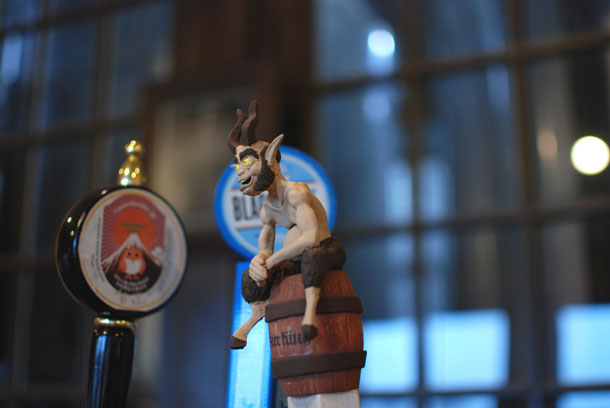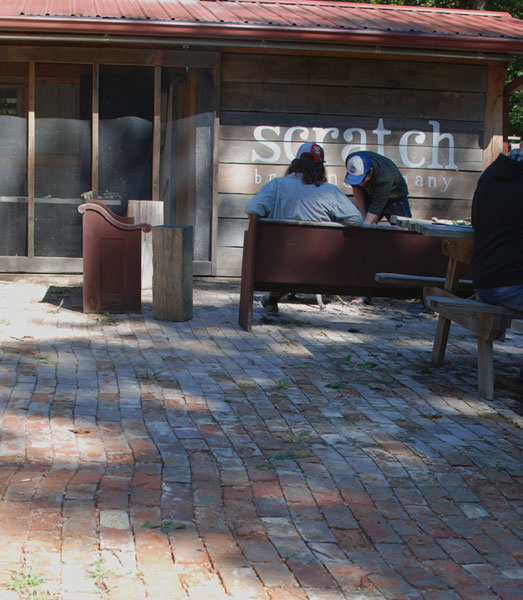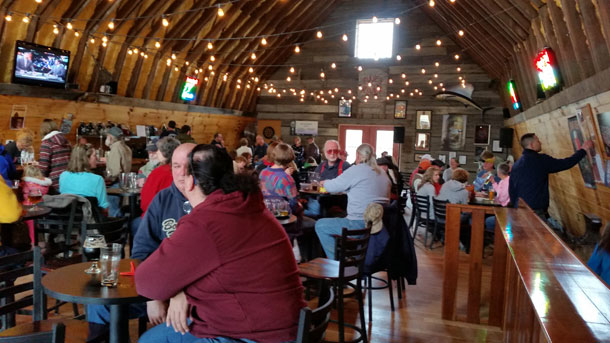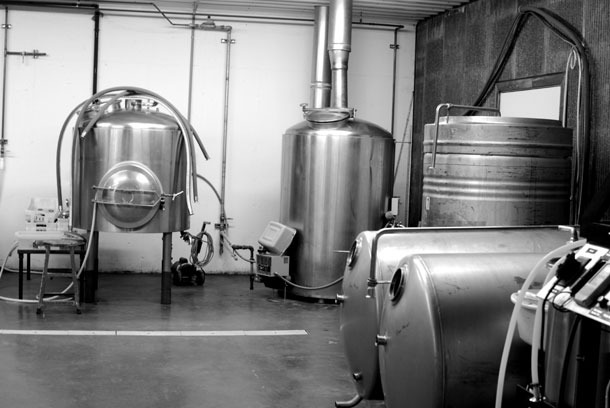MONDAY BEER LINKS, LIMITED MUSING 03.23.15
Perhaps I may have missed something that would totally change my life during 8 mostly Internet-free days before Saturday. But it’s one thing to wade through hundreds of Feedly headlines; it would another to consider reaching that far back in Twitter (is “in” even the right preposition?) to feel really caught up. Instead, I found a series of links that somehow seem related.
Lagers Enjoy a Renaissance.
Remember when The New York Times reviewed a ranked a bunch of beers in a particular “style” that a bunch of commentary followed in the online beer space? (“Craft beer in the New York Times! Craft beer in the New York Times! They’ve noticed!”) Perhaps this happened a week-and-plus back and I just missed it because I was packing and then, in fact, gone, but it barely registered in the places I was looking as I was playing catch up. Granted, the premise was a bit confusing; “sunshine, baseball, beer” – lagers, but not pilsners, and not beers made with cereal adjuncts. [Via The New York Times}
Don’t call it a Renaissance; we’ve been here for years.
I might have missed the Times article were it not for email from Anheuser-Busch about Peter Wolfe’s post in what it calls its “newsroom.” This is an A-B blog and Wolfe works for A-B. But once in a while it is refreshing to read the straight up A-B side of the story, not sugar-coated by some pretense of balance. Speaking of balance, consider something Michael Kiser of Good Beer Hunting said in an interview last week: “I’m also someone who believes that bias exists in every expression, including the most objective pieces of journalism.” Anyway, what follows will make more sense if you take the time to read what Wolfe writes. [Via Anheuser-Busch]
Why Macro Beers Suck So Much.
This is the other side of the story. Quite frankly, not told as well. For instance, these two statements seem to be in conflict:
– “(AB InBev equips) these folks with the most expensive equipment and technology, and they probably have the best quality control of any food manufacturer in the world.”
– “Generally, high gravity brewing makes a weaker tasting and smelling beer with more off-flavors, and has a high potential for quality problems.”
I am not a fan of high gravity brewing, but not because I think the result is more fusel alcohols and excessive ester production (see statement #1). I’m also not a fan of several other blankets statements here, but the 1,400 or so words illustrate how a lot of people who take the time to think about Budweiser think about the beer. [Via KC Beer Blog]
Beer Flavors Are Not That Subtle.
Both the email I received from A-B and Wolfe’s blog post included a link to Budweiser’s Blind Taste Test video. Jeff Alworth has a different view of what was basically a commercial (that part, that it was a commercial, we agree on) than I. He writes, “The ad is structured to suggest that these are sophisticated drinkers who would normally be ordering Dogfish Head, Sixpoint, or Brooklyn Brewery’s beers, and that merely recontectualizing Bud is enough to put it in their camp.” I didn’t get any feel for what these people usually drink. The video pretty obviously was not shot with my senses in mind and I’m simply not prepared to watch it a third time to get to know these people better. I am prepared to believe that if you tell people you are giving them a special beer and don’t tell them the name they might like Budweiser. Particularly if their previous pale lager experience is based on Bud Light or Miller Lite or Coors Light (and it increasingly is — don’t forget, 44 percent of 21- to 27-year-old drinkers today have never tried Bud). It has more flavor. Not as much as anything from Dogfish Head or even as much as Budweiser not long ago. But there are subtle aromas and flavors. Telling a drinker a beer is special provides an invitation to go looking for those. [Via Beervana]
The lager picture.
This map of the world showing each country’s favorite beer does not paint a pretty picture. And it leads in nicely to the question in the next link.[Via The Economist]
What should our national beer be?
Here “our” is Britain. But I think somebody — not me — should organize a poll to determine the U.S. National Beer. [Via The Beer Cast]
 Host Nathan Pierce has posted the topic for The Sessions #98:
Host Nathan Pierce has posted the topic for The Sessions #98: 



